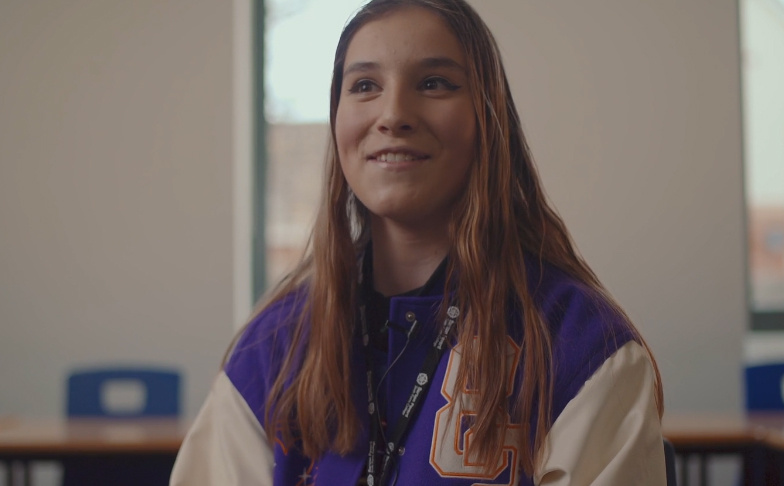
In 2021, the British Assistive Technology Association (BATA) set out to show teachers how assistive technology in the classroom could support pupils with special educational needs. We filmed 25 pupils from six different schools across both primary and secondary settings as they used assistive technology resources that helped them in the classroom and at home.
The Power of AT: real-life examples from students
From students with visual impairments to students with autism, we heard how assistive technology helped them overcome barriers to learning and improved outcomes.
- Many of the pupils with dyslexia said that they had received no help in primary schools
- Text-to-speech and speech-to-text were the assistive technologies they used the most
- Many said that assistive technology had transformed their lives
Oliver found it helped him to plan his work and make it easier to write his essays. Lily found it enabled her to go over her scripts again and again to access her learning. 'I find it quite tricky to read massive chunks of text that I get in homework … Sometimes I would have to hear it four or five times for it actually to go in, but with Read And Write it will read it and highlight the text,' she said. 'I can follow along and understand what I’m reading. Oh, it’s made such a difference. I think my life would be very different if I didn’t have it. I think I would be much further behind then.'
All these examples have been captured on film and are freely available for use in staff meetings and teacher training. They have also been a popular choice in assemblies as pupils can see they are not alone.